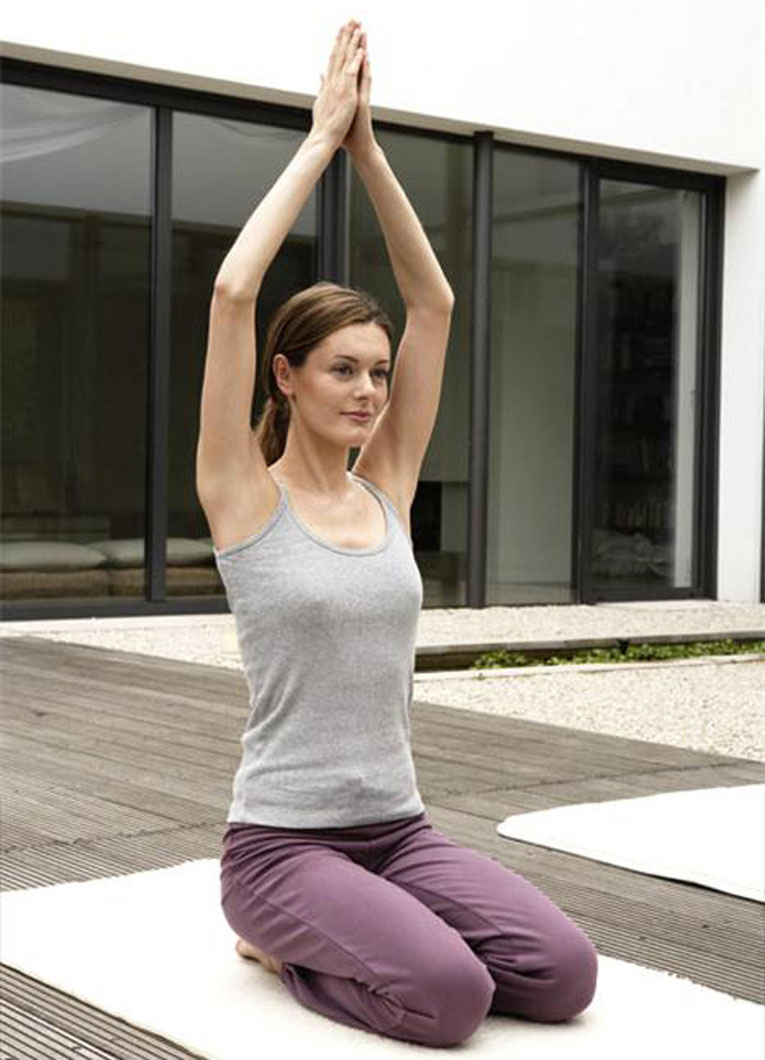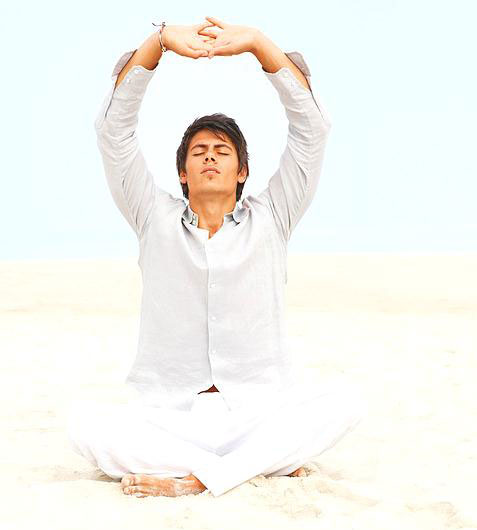2.1K
The meaning of the Sanskrit term, ‘Parvata’, is ‘mountain’. During this asana, the body of the practitioner resembles that of a mountain peak. The arms are raised high above the head with the fingers joined together and the palms pointing outwards.

Methodology of Parvatasana Yoga
- To perform Parvatasana you will have to assume the Padmasana posture.
- The fingers will have to be locked firmly.
- Slowly inhale deeply.
- Stretch the arms.
- Bring the finger-lock overhead and keep it vertically above the head.
- But neither raise your knees nor rise from the seat.
- Turn up your palms overhead.
- Exhale.
- Once again inhale.
- Stretch upwards the arms from the shoulder blades.
- Stretch the trunk to the optimum level.
- Hold your breath and remain in this posture for 10 seconds.
- Slowly complete the exhalation in five seconds.
- Resume the starting position.
Here’s a variation
- You can also perform Parvatasana without forming the fingerlock.
- Just join together the palms.
- Keep the fingers pointed upwards above the head.
- The entire hands from the shoulder blades onwards will be stretched to their maximum levels.

Advantages of Parvatasana Yoga
- The back muscles of your diaphragm are strengthened.
- This asana rectifies breathing problems.
- The chest is extended to its entire extent.
- The lungs also expands its capacity.
- The balancing power of the body increases.
- The physique becomes slim.
- Parvatasana pulls up the muscles in the abdomen, pelvis and the sides.
- The spine and ribs are extended.
- The hips are loosened.
- The generally inactive waist is exercised.
- Parvatasana cuts down excess flab from the abdomen, tummy, hips and the waist.
